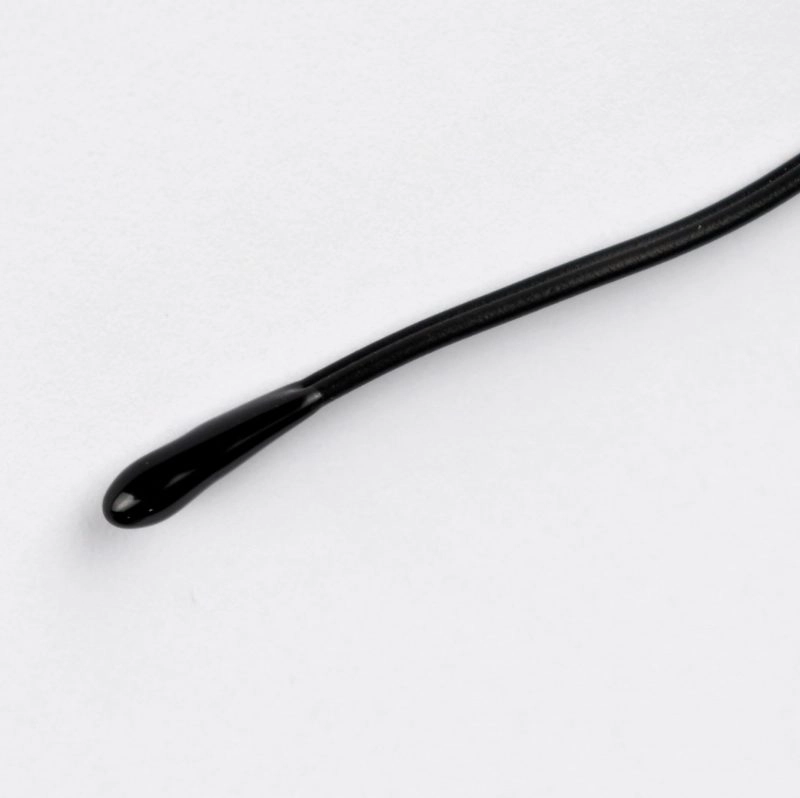Understanding Thermistor Probes And Temperature Sensors: A Guide For The Confused!
Thermistor probes are essential equipment for anyone working in electronics, manufacturing, or circuitry.
But what are they and how do they function? After all, they aren’t the sort of thing that comes up in everyday conversation!
Fortunately, this guide is here to help. It runs through what thermistor sensors are, how they operate, and whether they are right for your application.
Here’s everything you need to know:
What Is A Thermistor Sensor?
A thermistor sensor is an electronic component that changes current flow depending on ambient temperature. Usually, resistance in these components falls as the temperature increases so you can imagine how helpful they are in cooling applications. As objects heat up, thermistors reduce the current impedance to fans, allowing them to speed up and deliver more cooling.
Thermistor sensors rely on a ceramic semiconductor material that changes its electrical resistance to temperature variation. These materials can come in two varieties; those with:
- Negative temperature coefficient (NTC)
- Positive temperature coefficient (PTC)
NTC thermistors are the most common. Here, the resistance decreases as temperature increases (as described above). Meanwhile, PTC thermistors increase resistance as temperature rises (often used to protect circuits).
Common Applications Of Thermistor Sensors
Because thermistors rely on the inherent material properties of semiconductor materials, they can be highly accurate. And because of this, they have applications across industries and sectors, including in professional settings.
- Industrial equipment. Manufacturers often add thermistor temperature sensors in applications requiring monitoring machinery temperatures. These probes activate warning lights if heat readings fall outside of acceptable bounds.
- Environmental sensing. Manufacturers also sometimes use thermistors to monitor external temperatures for safety and performance, often in water-submerged
- Consumer electronics. Thermistors are helpful in laptops and batteries to control temperature and prevent overheating. For example, notebooks often have NTC thermistor probes that speed up internal fans to keep processing units and memory slots cool. Likewise, solid-state components on fanless smartphones may throttle in response to thermistor signals, reducing heat production during intensive applications.
- HVAC systems. HVAC systems also need thermistors to help them regulate room temperatures. For example, air conditioning can increase operating speed when it detects a rise in ambient heat.
- Automotive applications. Thermistors in engine compartments can detect potential overheating and increase fan and pump speeds to compensate. Temperature sensing probes are also helpful when monitoring internal cabin temperatures for climate control.
- Medical units. Lastly, you sometimes see thermistors in medical devices because of their inherent precision and ability to monitor life-preserving equipment, such as incubators and dialysis machines. Slight changes in current can alter the heating or cooling provided in these applications.
Understanding Thermistor Temperature Sensors
Thermistor sensors change the current passing through them depending on their temperature (as discussed). However, this change is often non-linear.
For example, for NTC thermistors, the change in resistance is often fast when moving from low-temperature levels and then slows down as temperatures get higher.
This logarithmic profile is helpful in settings where the percentage change in temperature matters more than the absolute value when determining current. For example, heat loss often occurs at an exponentially higher rate because the ambient temperature is constant. Therefore, fan speed does not necessarily need to compensate with an equivalent jump in speed in most applications.
The same is true in PTC thermistor applications. The resistance increases rapidly as temperature rises from a low level, and slows afterwards.
Again, this profile is helpful in throttling applications. When temperature rises, it is often useful to curtail CPU processes, but it only has a protective effect for the first part of the range.
Because of this, thermistors differ from other temperature sensors, like resistance temperature sensors (RTDs). RTDs use materials, like platinum, to offer linear temperature resistance over a wider range, making them suitable for applications that don’t benefit from thermistors’ logarithmic profiles.
Furthermore, they are not the same as thermocouples that generate voltage differences when two dissimilar metals join together and are exposed to temperature variations. Thermocouples are suitable for measuring heat in high-temperature applications but don’t make sense in most consumer and professional devices.
How To Choose The Right Thermistor For Your Application
Given the range of thermistors and temperature-sensing components available, choosing a thermistor for your application can be challenging. Fortunately, this section can help. We look at various factors you should consider before buying.
1. Accuracy
Start by considering the accuracy you require for your application. Some thermistor materials offer robust resistance profiles suitable for laboratory applications or highly calibrated electronic circuits.
Thermistor accuracy is represented as a range denoted “±” meaning “plus or minus.” The smaller this number, the better. For example, thermistors with an accuracy of ±0.1°C are highly accurate, whereas those with accuracies of ±2°C are less so.
2. Range
You also want to consider the thermistor’s range – the temperatures over which it confers resistance. Fortunately, most thermistors cover temperatures encountered in everyday applications.
For example, if you want a thermistor for a car engine, you might specify a range of 0°C to 150°C, since this covers normal operations. However, you may need thermistors that operate in the -50°C to °10C range for freezer applications.
3. Probe Material
Probe material is another consideration. It tells you whether the thermistor is sufficiently robust to survive your application.
Most standard materials will suffice if you are using probes in consumer electronics. However, if you need them for industrial or manufacturing applications, you may require probes that resist moisture and chemical insults.
4. Probe type
You should also consider probe type when choosing thermistors depending on your applications:
- Bead probes are small, inexpensive, and usually have an epoxy coating, making them suitable for general-purpose applications where accuracy isn’t essential
- Surface-mount thermistor probes are for applications where you need direct measurement of temperature, usually used in HVAC and refrigeration systems
- Encapsulated thermistor probes are required in durable applications, such as inside car engines
- Flexible thermistor probes are necessary in devices that bend or twist, usually medical instruments
5. Response Time
Lastly, consider the thermistor’s response time – how quickly it can adjust resistance when temperature changes. For example, thermistors in incubators or HVAC systems need to adjust current rapidly for safety reasons.


